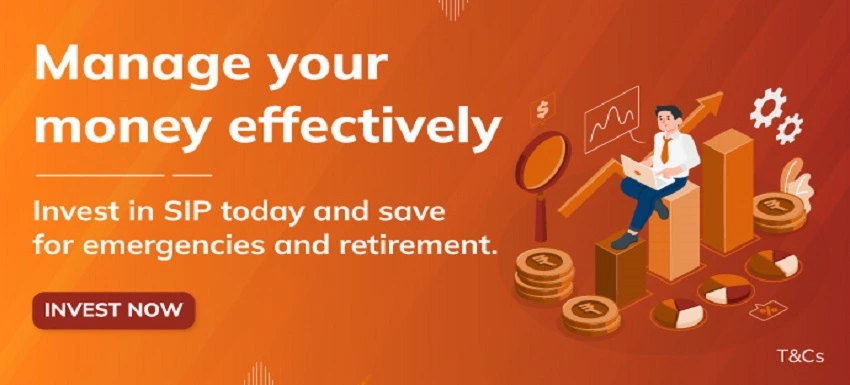THE
ORANGE
HUB
What are Target Maturity Funds?

In India, retail investors often seek a safety net when investing money. This desire for security made investors less keen on exploring the various investment instruments. India's inclination towards savings and fixed-return instruments is evident in the numerous accounts held across banks, post offices and various savings schemes. This has however changed over the years, primarily due to the consistency that few investment opportunities have showcased.
History of Debt Funds
One such investment opportunity is the Debt Mutual Funds. Debt Funds involve investing in government and corporate securities, with the lending duration and borrower's nature determining the risk level. These funds have an investment span ranging from 1 day to 3 years and offer superior post-tax returns compared to Fixed Deposits (FDs), particularly over the longer holding periods.
So, these funds became quite popular among the investors. However, trust in them reduced when the negative news and defaults in the debt instruments arose, notably highlighted by the collapse of several schemes. This made the investors doubtful about Debt Funds being a viable investment category. The recent introduction of Target Maturity Funds (TMFs) provided a sigh of relief, offering stable returns as compared to the traditional Bank deposits.
Overview of Target Maturity Funds
Target Maturity Funds (TMFs), a category of Debt Funds, offer a predetermined maturity date aligned with the expiry date of the bonds in their portfolios. This feature provides more stable and predictable returns as compared to those offered by the traditional Bank deposits, which is reassuring for the investors seeking predictability in their returns.
TMFs invest in a portfolio of debt instruments with similar tenors, mirroring an index of debt instruments and typically maintain a passive stance, holding securities until maturity. These funds present a low cost, hassle-free solution for investors building a fixed income portfolio. The strategy aims to minimise the duration risk for investors, ensuring stability and predictability in returns.
Pros and Cons of Target Maturity Funds
of Target Maturity Funds
TMFs offer several advantages:
Open-ended scheme
Even though Target Maturity Funds may seem similar to Fixed Maturity Plans (FMPs), an important distinction lies between the two. FMPs are close-ended schemes, while Target Maturity Funds are open-ended schemes.
Investors can sell or redeem units of Target Maturity Funds, ETFs or Index Funds at any time on the stock exchanges (in the case of ETFs) or directly with the asset management companies (in the case of Index Funds). This feature ensures that the Target Maturity Funds offer higher liquidity compared to FMPs, enabling investors to access their funds more readily.
Tax-efficient
Target Maturity Funds offer tax efficiency by providing indexation benefits for computing the long-term capital gains tax. This results in relatively better post-tax returns. If the target maturity date exceeds three years from the investment date in a Target Maturity Fund, investors can benefit from the long-term capital gains taxation. In Debt Mutual Funds, long-term capital gains are taxed at 20% after accounting for the indexation benefits, presenting a tax advantage to investors.
Held until maturity
Investing in Target Maturity Funds allows the investors to lock-in current yields over the maturity period, provided the investment tenure aligns with the target maturity date. These funds operate on an accrual strategy, holding debt securities until maturity. By doing so, investors continue to receive the yields even if the future interest rates or yields decrease.
The primary strategy of holding bonds until maturity safeguards returns from the impact of rising interest rate scenarios, thereby minimising the interest rate risks. This approach is less problematic in a rising interest rate environment, which can otherwise decrease the investment's value unless sold before maturity. Thus, Target Maturity Funds reduce the interest rate risks that traditional bond funds might face due to their strategy of holding bonds until maturity.
Cons of investing in TMFs
Before investing in TMFs, consider these drawbacks:
Lack of historical track record
The lack of a historical track record put TMFs at a disadvantage. Even though they offer better returns than most other bonds, there is no performance history that could indicate what it has done in the past or how consistent it has been.
Risk of exiting early
If you do not hold on to your funds till maturity, the investment is likely to be affected by the interest rate movements. So even though these funds are open-ended and give you the freedom to exit anytime, there is a risk posed by the movement in interest rate.
Minimal flexibility
TMFs offer limited flexibility to the fund managers. For instance, Multi-cap Mutual Funds allow the fund managers to invest money in companies of different cap sizes and sectors. That is not the case with TMFs. There is limited scope for portfolio adjustments, as these funds track underlying indices, potentially missing out on market opportunities.
TMFs offer limited flexibility to the fund managers. For instance, Multi-cap Mutual Funds allow the fund managers to invest money in companies of different cap sizes and sectors. That is not the case with TMFs. There is limited scope for portfolio adjustments, as these funds track underlying indices, potentially missing out on market opportunities.
So, is it okay to invest in Target Maturity Funds?
In the current economic scenario, where rising inflation and potential rate hikes pose risks, TMF aligning with the investment horizon can be suitable for medium to long-term goals. However, consider the liquidity and interest rate risks, which urge the investors to hold them until maturity for optimal benefits.
Conclusion
Target Maturity Funds present a promising alternative for investors seeking stability and predictability in their debt investments. They offer an avenue for those with medium to long-term investment goals, provided investors are willing to endure the potential effects of changing interest rates.
Scroll to top











